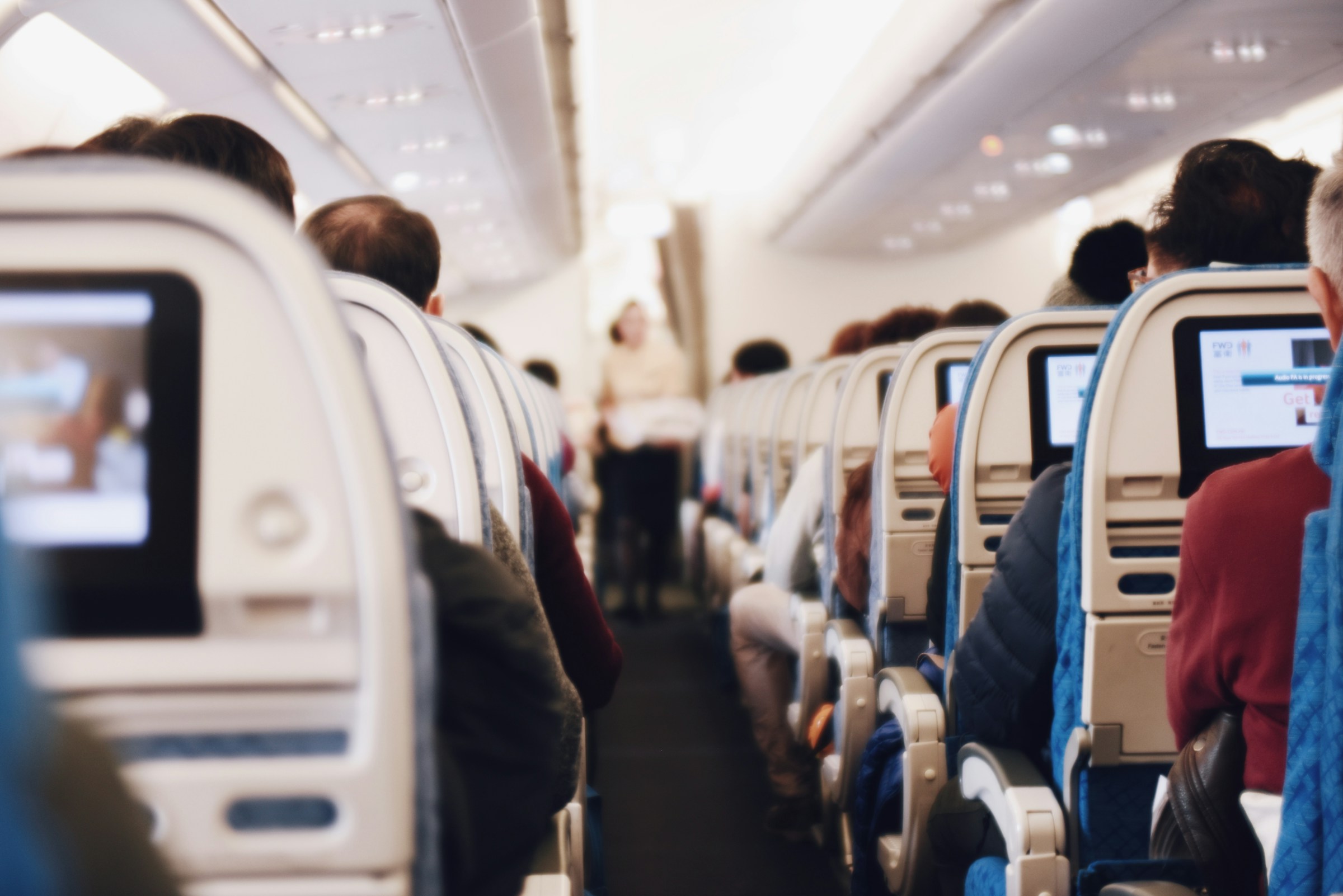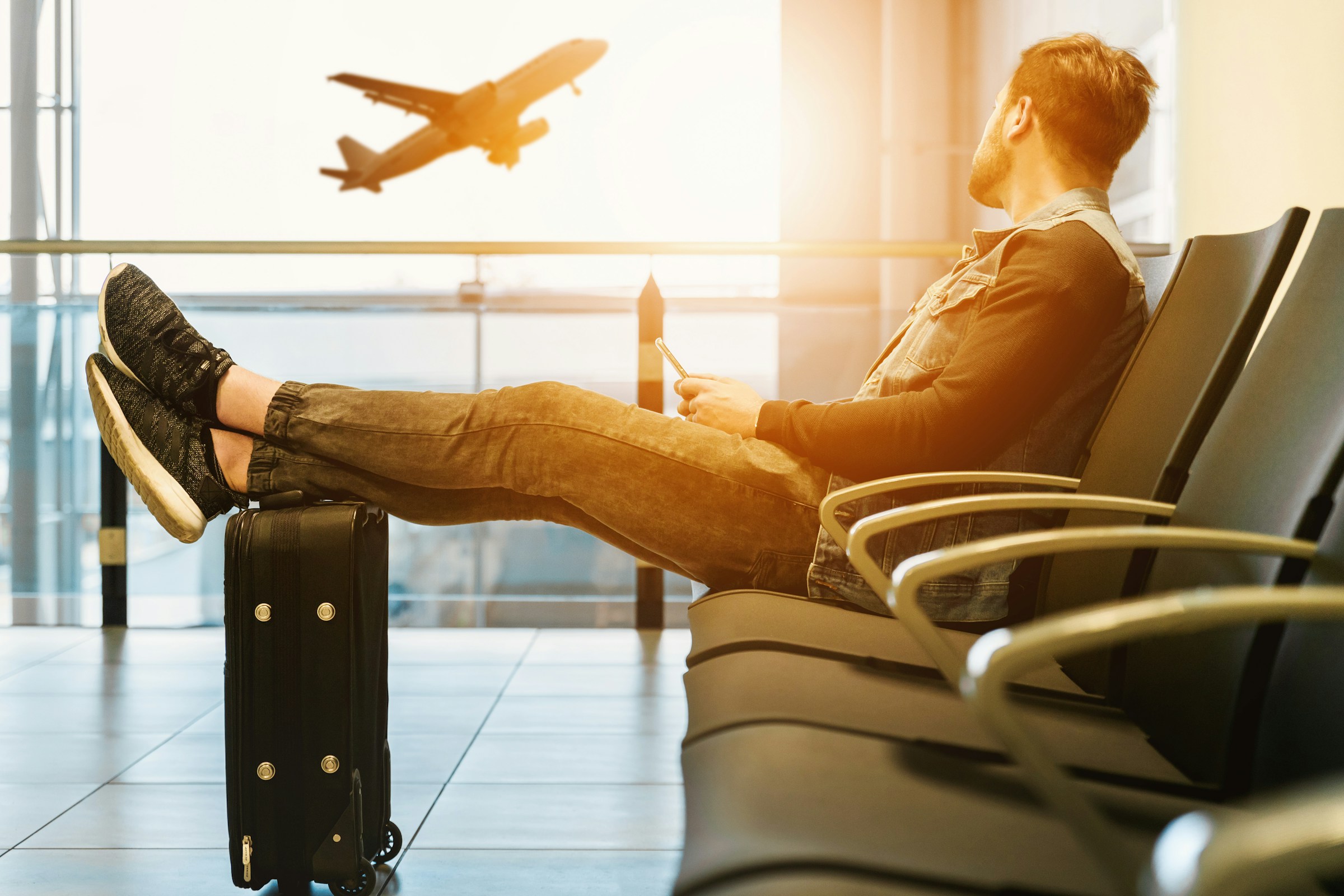Flying can seem a bit scary, especially if it is not something you do often. Aerophobia, also known as the fear of flying, is actually pretty normal and affects people of all ages and genders. It is not something to be ashamed of.
However, while these fears are common, you should not let them hold you back from enjoying travel. Read on to find out why flying is safe and what you can do to feel more at ease.

Aerophobia, or the fear of flying, is a common issue that affects many people. It is not just about the act of flying itself but often about the things that come with it, such as feeling out of control and worrying about potential dangers.
Acknowledging that you have a fear of flying can be the first step toward overcoming it. Some causes of aerophobia include:
Fear of heights - For many people, the idea of being thousands of feet above the ground can be intimidating, which can trigger anxiety.
Loss of control - Flying means placing your trust entirely in the hands of the pilots and the aircraft as opposed to when you are driving your car and have full control. This lack of control can make some people anxious.
Claustrophobia - If you are claustrophobic, the confined space of an aeroplane cabin can trigger fear and anxiety
Turbulence and weather - Even though pilots are trained to manage these situations, many people overthink and worry about how the plane will handle different weather conditions.
Previous negative experiences - Past incidents or experiences, such as a bumpy flight or a fear-inducing event related to flying, can contribute to anxiety and make future flights feel more daunting.
Media influence - Even though rare, stories and news reports about plane crashes can have a lasting impact on our perception of flying, causing fears and making flying seem more dangerous than it is.
Even though it seems scary and daunting, flying is one of the safest ways to travel. For starters, planes are built to be strong and safe. They go through lots of tests and checks to make sure they are ready to fly.
Engineers and mechanics work hard to keep everything in perfect condition, checking every part of the plane before it even takes off to make sure everything works as it should.
Secondly, pilots are super-trained experts. They spend a lot of time learning how to fly planes and how to handle different situations. They practice in special simulators that mimic real flying conditions, so they are ready for almost anything that might happen.
In cases of turbulence, bad weather, and other things that might come up during the flight, they know exactly what to do to keep the plane and all the passengers safe.
Strict safety rules and checks also contribute to safety in the air. Before every flight, the plane goes through a checklist of safety procedures, which helps make sure that everything is in order before you take off.
Not to mention the air traffic controllers who are like traffic guides for planes, helping to ensure that planes stay safe and follow the right paths in the sky.
Above all, statistics show that flying is very safe, as it has much lower chances of accidents compared to other transport methods like driving a car. This is because planes are designed with lots of advanced safety features, and pilots are trained to keep everything under control.

If you want the latest information on the best Hotel Executive Club Lounges, Hotel Kids Clubs and other travel information, be sure to sign up for our free newsletter full of tips and great travel ideas.